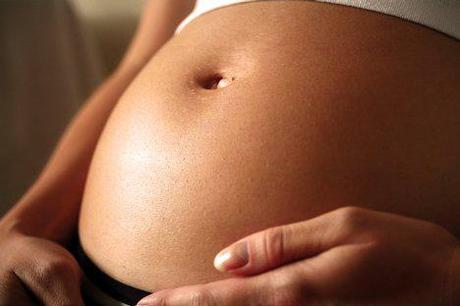You are about to have a baby and you are seriously considering banking your infant’s cord blood. Should you? Your mother certainly can’t advise because this is way out of her area expertise. This practice did not exist when she had you.

The reason more and more parents of newborns are banking their baby’s umbilical cord blood is because there is much evidence that it can be used down the road if the child, or another person, needs treatment for a disease that was previously considered incurable. The blood from the umbilical cord is rife with blood-forming stem cells. These cells are already used for patients who are battling lymphoma, leukemia, immune deficiencies and metabolic disorders that they have inherited.
Research shows that blood from the umbilical cord can be used, safely, to revive body cells that have become damaged by disease or injury.
It is the belief by those involved in stem cell research that there will come a day when a patient’s stored cord blood will be used to treat spinal cord injuries, stroke, cerebral palsy, cardiovascular disease and diabetes. In fact, several children suffering from cerebral palsy have been infused with their own cord blood and have shown improvement as a result.
The idea that a person’s own cells can be harnessed and used to treat diseases is revolutionary and extraordinary.
HOW IS CORD BLOOD COLLECTED AND STORED?
After the umbilical cord is cut, the blood that remains in the cord is collected. There are two methods for collecting cord blood. The first method is the syringe approach where a syringe is used to pull blood from the umbilical cord right after the cord is severed. Another method is the bag method where the umbilical cord is elevated and the blood drains into a bag.
The only time cord blood can be collected is within the first 15 minutes after birth and it needs to be processed within two days of collection.
This blood is sent to a lab, processed and frozen in cryogenic storage tanks for preservation.
YOUR BABY’S CORD BLOOD CAN HELP OTHERS
Your baby is not the only one who can use the cord blood stem cells. If someone in your family is ill and is a match with the baby’s cord blood stem cells, the cells can be used for transplant medicine purposes.
The most compatible matches are brothers and sisters. A quarter of siblings have a perfect match.
Obviously, your child is a perfect match for his own stem cells and the cells can be used to treat future diseases. However, if a child has an inherited genetic condition, it is better to use the stem cells from a matched sibling.
Stem cells that are derived from cord blood are accommodating and less hasty than stem cells taken from an adult. When someone receives stem cells from a donor the recipient may experience life threatening side effects including GvHD. This means that the stem cells that are donated are considered foreign by the recipient’s body and the body attacks them. When stem cells come from cord-blood rejection is less likely to happen.
WHAT DOES IT COST?
If you choose to do this you will pay a fee that covers enrollment in the program, collection of the blood and storage for the first year. An annual storage fee is then assessed, which can vary. The initial fee can range fro $900 to $2,100 and the annual storage fee will be about $100.
Do your research. Get online and find out everything you can about blood-cord collection and storage. Ask your friends, your physicians and anyone who has had experience in this area.
This could be a life-saving decision that you are making. Hopefully, you will never have to use the blood-cord but in the event that you need it, you will have it.
Aurora May writes for Family Cord on topics related to the use of cord blood, and the benefits of cord blood banking and cord blood storage.

